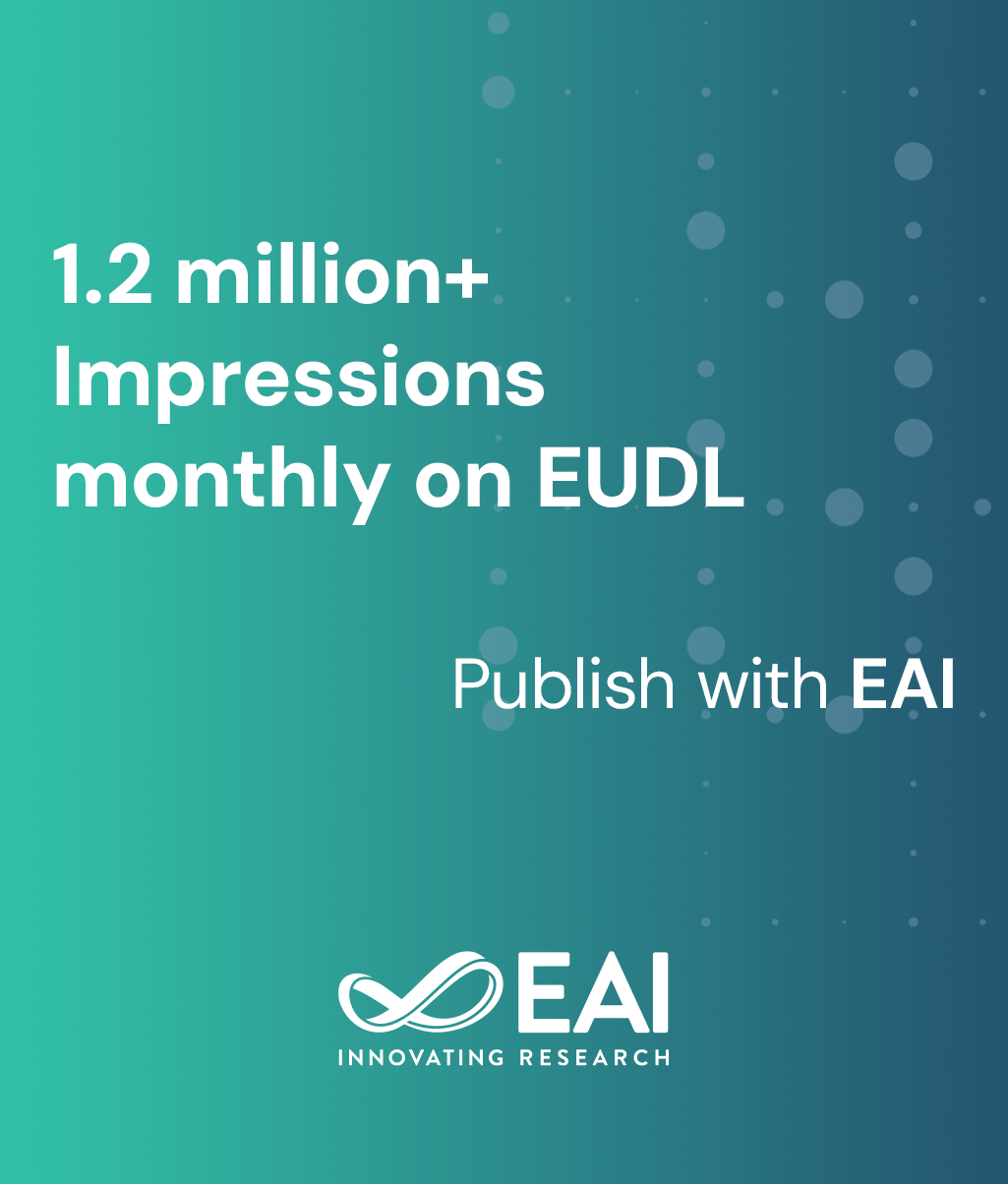
Research Article
Migration of Microservices Execution Contexts Between Processing Zones in Software-Defined Vehicular Fog Networks
@ARTICLE{10.4108/eetiot.9987, author={Leonel D.C. Alvarenga and Pedro Sousa and Ant\^{o}nio Costa}, title={Migration of Microservices Execution Contexts Between Processing Zones in Software-Defined Vehicular Fog Networks}, journal={EAI Endorsed Transactions on Internet of Things}, volume={11}, number={1}, publisher={EAI}, journal_a={IOT}, year={2025}, month={8}, keywords={Vehicular Fog Networks , Software-Defined Vehicular Fog Networks, Task Allocation, Mobility-Responsive Microservice Orchestration}, doi={10.4108/eetiot.9987} }- Leonel D.C. Alvarenga
Pedro Sousa
António Costa
Year: 2025
Migration of Microservices Execution Contexts Between Processing Zones in Software-Defined Vehicular Fog Networks
IOT
EAI
DOI: 10.4108/eetiot.9987
Abstract
The growing need for time-sensitive applications in vehicular networks makes Fog Computing a promising model to orchestrate cloud-based services consumed by vehicle nodes, as it brings computational resources and decision-making processes near to vehicles. However, vehicular mobility presents significant challenges for implementing Fog Computing Services that require low latency. The dynamic nature of vehicle movement means that the physical location of computational resources (Fog Nodes) relative to vehicles is constantly changing. Consequently, maintaining a consistent and reliable low-latency communication path becomes challenging. Recent research suggests that the Software-Defined Networking paradigm can optimize Vehicular Fog Computing Networks in resource and service management. In this paper, a dynamic methodology is proposed for the migration of the microservice execution context between processing zones in Software-Defined Vehicular Fog Computing Networks (SDVFN). This approach was tested using a simulated use case in our SDVFN Simulation Framework, designed to support research on dynamic microservice orchestration in SDVFN, taking into account vehicular mobility.
Copyright © 2025 Leonel D. C. Alvarenga et al., licensed to EAI. This is an open access article distributed under the terms of the CC BY-NC-SA 4.0, which permits copying, redistributing, remixing, transformation, and building upon the material in any medium so long as the original work is properly cited.


